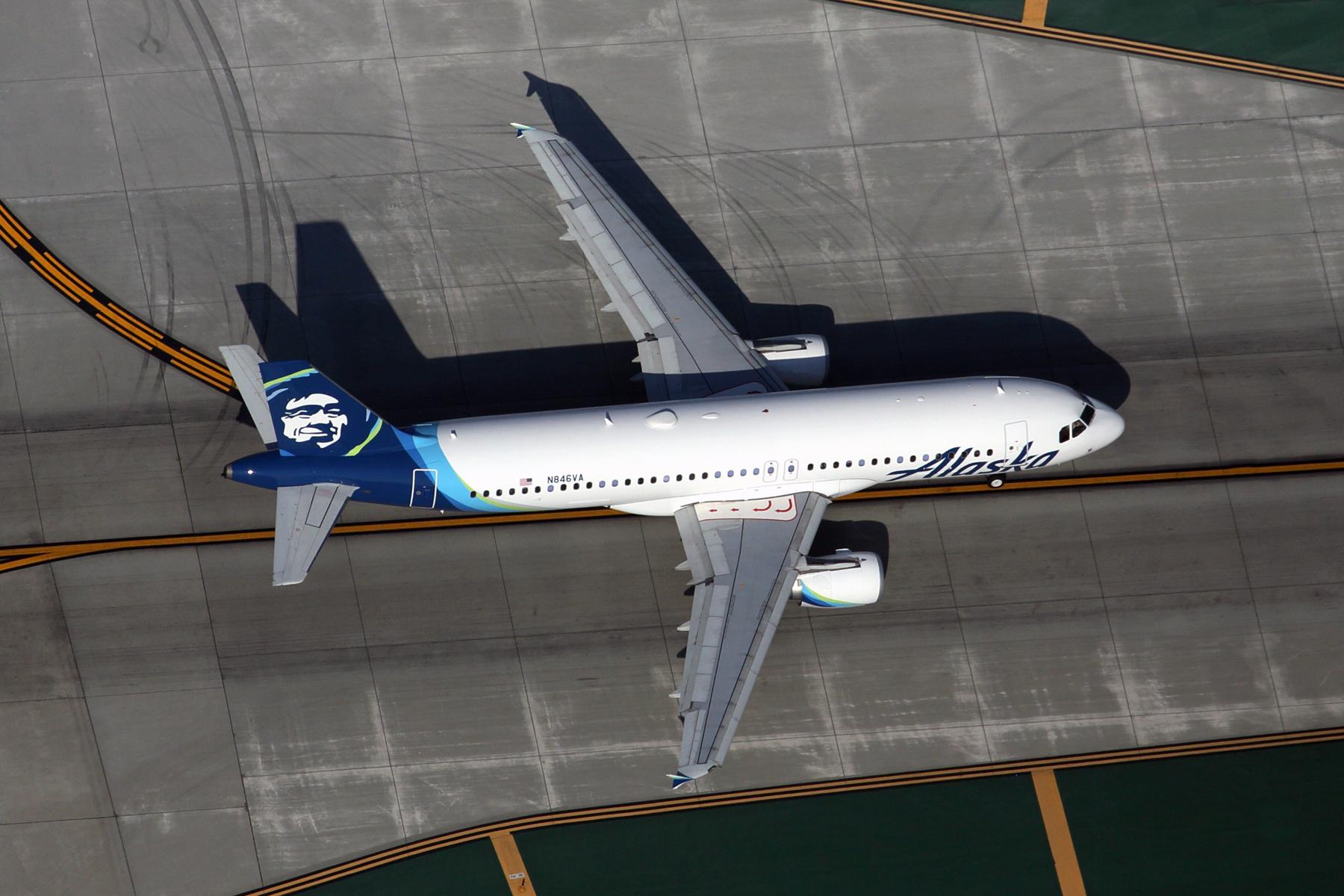Alaska Airlines Pivots Toward Boeing With Accelerated A320 Retirements

Alaska Airlines will speed up retirement of 10 Airbus A320 airliners, marking the latest in a series of moves that appear likely to reduce its reliance on Airbus for years to come.
Seattle-based Alaska disclosed in a securities filing Oct. 1 that it plans to retire the 10 fully owned A320ceos “earlier than previously expected,” although it did not provide a firm time line for the moves. The company said it expects to incur an impairment charge associated with the aircraft of between $115-125 million.
The 10 A320s slated for early removal are the only 10 Airbus aircraft that Alaska owns in its fleet, while its several dozen remaining A320s are all leased, with expirations ranging from 2021 to 2025. Aviation Week Intelligence Network Fleet Data shows that the 10 A320s facing accelerated retirement are all young, with an average age of just five years. The decision to retire such a young cohort of aircraft offers perhaps the greatest confirmation yet that Alaska is serious about abandoning its dual-fleet structure, a prospect that management has repeatedly floated in recent years as a potential cost-reduction strategy.
Alaska operated an all-Boeing mainline fleet prior to its merger with Virgin America in 2016, during which it inherited 61 A319s and A320s, as well as 10 leased A320neos that expire in 2031. The carrier has already retired 12 of those aircraft this year as a result of the COVID-19 pandemic, including all 10 of its A319s and two of its A320s. As part of that decision, the company trained 240 Airbus pilots to operate Boeing aircraft, in a move that stoked further speculation at the time about the potential pivot away from Airbus.
Should Alaska opt against renewing the various leased A320-family airliners that expire between 2021 and the middle of the next decade, it would be left with only Boeing jets in its mainline fleet, besides the 10 leased A320neos. The carrier currently has orders placed for 32 Boeing 737 MAX 9s, with no additional orders for Airbus aircraft. With a growing number of already-assembled MAX aircraft without customers, following a spate of recent cancellations, Alaska may have a future opportunity to take even more of the newer MAX narrowbodies at attractive rates to replace the outgoing A320s, should it choose to.
“We’re going to restructure the company at a low cost,” Alaska president Ben Minicucci said in April on the company’s 2020 first-quarter earnings call. “A dual fleet does have a higher cost for us, and that is a factor we’re going to consider.”
In the meantime, Alaska continues to burn through cash each day, with management estimating losses totaling $150 million in September, or roughly $5 million per day, marking a substantial deterioration from cash burn of $80 million in August.
Following the expiration of the U.S. federal government’s CARES Act Payroll Support Program, Alaska furloughed 532 employees on Oct. 1, a company spokeswoman confirmed to Aviation Daily. All told, the furloughs will affect 299 flight attendants; 28 ramp agents, customer service agents and stores agents represented by the International Association of Machinists and Aerospace Workers; and 205 non-unionized management positions. All other workgroups were able to fully mitigate involuntary furloughs for the time being, meaning no pilots, maintenance technicians or dispatchers were let go.





